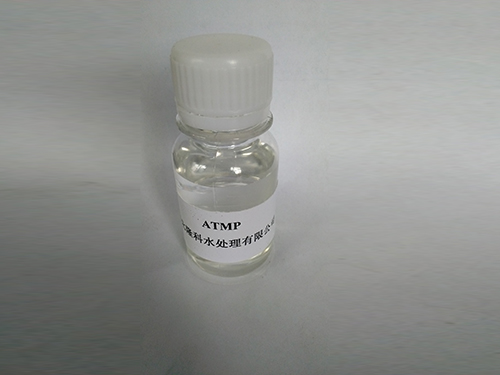cationic polyacrylamide flocculant
The Role of Cationic Polyacrylamide Flocculant in Water Treatment
Cationic Polyacrylamide (CPAM) flocculant has gained significant attention in various industries, particularly in the field of water treatment. This water-soluble polymer is synthesized from acrylamide and a cationic monomer. Due to its unique properties, CPAM is highly effective in the coagulation and flocculation processes, which are critical in the removal of suspended particles and colloids from water.
Mechanism of Action
The primary mechanism by which cationic polyacrylamide operates is through charge neutralization and bridging. In wastewater treatment, negatively charged particles, such as silt, clay, and organic matter, lead to turbidity and complicate the purification process. When CPAM is added to this mixture, the positively charged sites in the polymer interact with the negatively charged particles. This interaction reduces the electrostatic repulsion between particles, allowing them to aggregate or flocculate into larger groups.
Once these larger flocs are formed, they can be more easily removed through sedimentation or filtration processes. Therefore, CPAM is fundamental in enhancing the efficiency of these methods, ensuring that the treated water meets environmental standards for discharge or reuse.
Applications in Various Industries
The application of cationic polyacrylamide extends beyond municipal wastewater treatment. It has found widespread use in several industries including
1. Mining In the mining sector, CPAM is utilized for the disposal of tailings and in the separation of minerals. The flocculation process helps to clarify water and recover valuable minerals, enhancing the overall efficiency of mining operations.
2. Pulp and Paper The pulp and paper industry employs CPAM to improve drainage and retention during the production process. This not only enhances the quality of the final product but also reduces waste and water consumption.
3. Oil and Gas In oil and gas exploration, cationic polyacrylamide is used in drilling fluids to increase stability and reduce fluid loss. Its ability to flocculate solids helps maintain the clarity of the drilling mud, ensuring better operational efficiency.
cationic polyacrylamide flocculant

4. Textile Industry In textile dyeing and finishing, CPAM is effective in clarifying wastewater by aggregating the suspended dye particles. This application is crucial for minimizing the environmental impact of textile production, which is often characterized by high water usage and pollutant discharge.
Advantages of Cationic Polyacrylamide
Cationic polyacrylamide flocculant boasts several advantages that make it a preferred choice in many applications. Firstly, it is highly effective even at low doses, significantly reducing chemical costs. Secondly, it shows a broad operating range in respect to pH and temperature, allowing for versatility across different treatment conditions.
Moreover, CPAM has a low toxicity profile, making it safer for both human handling and ecological systems. Its biodegradability and ability to integrate into existing wastewater treatment frameworks further contribute to its appeal in sustainable practices.
Environmental Considerations
As industries continue to face pressure to adopt more sustainable practices, the use of cationic polyacrylamide has been scrutinized for its environmental impact. Although CPAM is generally regarded as safe, improper application can lead to residual chemistries in treated water. Therefore, it is essential that users monitor dosages closely and integrate other treatment methods as necessary.
Ongoing research aims to address these concerns by developing more environmentally friendly formulations of CPAM and studying the long-term effects of its use in various applications. Innovations in polymer science may contribute to the development of biodegradable alternatives that maintain effectiveness while minimizing ecological footprints.
Conclusion
Cationic polyacrylamide flocculant plays a crucial role in modern water treatment and various industrial processes. Its effectiveness in coagulating and flocculating suspended particles fosters a cleaner environment by facilitating the removal of pollutants from water sources. As industries strive for sustainability, the continued development and application of CPAM, coupled with careful environmental considerations, will be vital in shaping the future of water management and pollution control.
-
lk-319-special-scale-and-corrosion-inhibitor-for-steel-plants-advanced-solutions-for-industrial-water-systemsNewsAug.22,2025
-
flocculant-water-treatment-essential-chemical-solutions-for-purification-processesNewsAug.22,2025
-
isothiazolinones-versatile-microbial-control-agents-for-industrial-and-consumer-applicationsNewsAug.22,2025
-
scale-inhibitor-key-solutions-for-water-system-scale-preventionNewsAug.22,2025
-
organophosphonates-versatile-scale-inhibitors-for-industrial-water-systemsNewsAug.22,2025
-
scale-and-corrosion-inhibitor-essential-chemical-solutions-for-water-system-maintenanceNewsAug.22,2025





